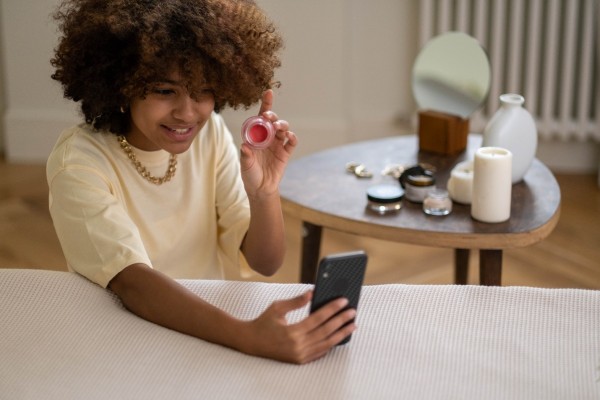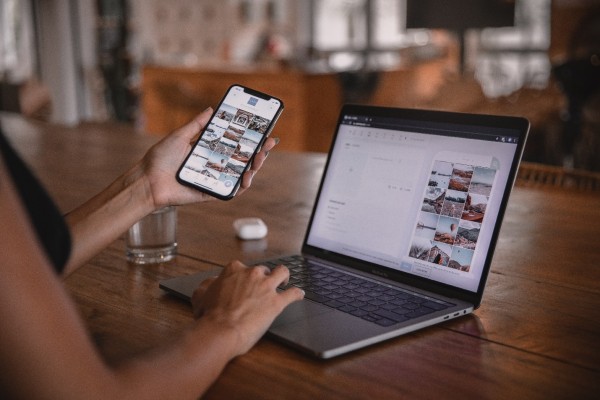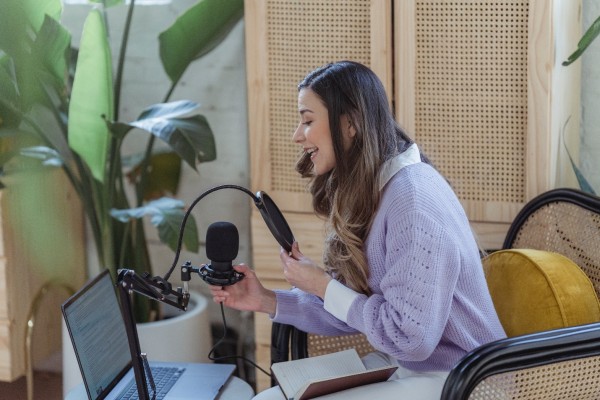Influencer Marketing vs. Native Advertising: Which is Right for Your Brand?

Many people believe that ads need to have a high production value to generate conversions and leads. However, that's not necessarily the case. Influencer and native ads can be very organic and raw, letting the audience experience social media seamlessly. This type of ad has been very popular and continues to prove successful for many brands. While they aren't mutually exclusive, sometimes one works over the other.

Photo by: Ron Lach via Pexels.com
When to Choose Influencer Marketing
Hiring an influencer or two to promote your brand doesn't have to cost a fortune. Often, brands that cater to niche industries can generate a good number of conversions through micro-influencers that have a strong following within that specific audience. They tend to have a stronger influence within their communities and the word of mouth they share can be more impactful in generating meaningful conversions. With 61% of consumers saying they trust influencer recommendations, it would be wise to invest in the right ones.
Of course, influencer marketing isn't perfect. Sometimes if the influencer isn't popular enough, the content can be skipped, or the appeal of the influencer's status may not be understood by someone outside the niche.
Turnaround time for deliverables must also be considered. When working with influencers, it's always best to factor in any delays that may affect production. This can include weather (for outdoor shoots), cancellations (any indoor venue reservations or personal events), and even a slow or lack of response to initially reaching out to an individual.
With all of this in mind, the best time to invest in influencer marketing is either when brand awareness is the main objective, or when a relevant individual gains a lot of traction within a specific community. This is usually done on platforms like Instagram and TikTok. Influencer marketing works particularly well with Gen Z.

Photo by: Plann via Pexels.com
When to Use Native Ads
Native advertising allows for more creativity. Ads aren't restricted to a small selection of banner sizes or skippable ads. They can convey entire stories through sponsored articles, trendy TikTok videos, and even within popular games. Considering that native advertising is expected to be worth $400 billion by 2025, it's safe to say this method is worth investing in.
If hosted on a trusted site or turned into an engaging and immersive experience, it can help to build a strong reputation. These types of ads usually have some sort of disclaimer to disclose it was paid for. This can be in the form of a blurb at the bottom of an article or a small line of text at the top of an image.
That said, it may take more time and higher fees to generate a good amount of brand awareness alone. Sometimes people don't realize something is sponsored because the disclaimer is too small, or they don't finish the entire article.
The best time to invest in native advertising is when building brand awareness is the main objective, particularly when using platforms such as TikTok or blogs.

Photo by: George Milton via Pexels.com
When to Combine the Two
When combined, native advertising and influencer marketing can push sales in an environment that is heavily ad-blocked and full of short attention spans. These aspects can drive emotional responses in a way that traditional ads may not. When compared to seeing obtrusive and unsolicited ads, if someone sees a sponsored post by an influencer they follow, there's a better chance of that person engaging and even purchasing a product or service.
Knowing where to start is the biggest hurdle. Finding the right influencer can consume a lot of time and native ads need to feel organic to be effective. If you would like assistance with adding these methods to your existing marketing strategy, feel free to contact us at [email protected].

